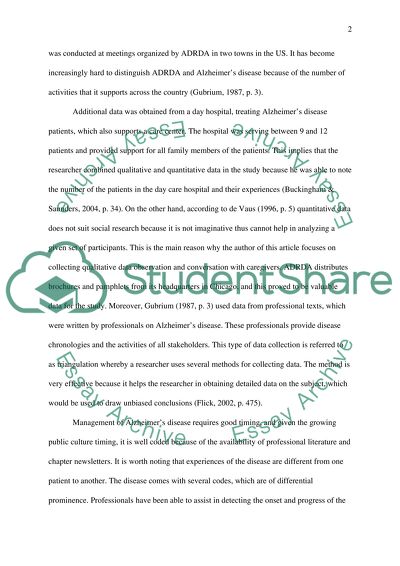Cite this document
(“Sociology: Alzheimer's disease Essay Example | Topics and Well Written Essays - 1750 words”, n.d.)
Retrieved from https://studentshare.org/sociology/1465021-sociology-alzheimers-disease
Retrieved from https://studentshare.org/sociology/1465021-sociology-alzheimers-disease
(Sociology: Alzheimer'S Disease Essay Example | Topics and Well Written Essays - 1750 Words)
https://studentshare.org/sociology/1465021-sociology-alzheimers-disease.
https://studentshare.org/sociology/1465021-sociology-alzheimers-disease.
“Sociology: Alzheimer'S Disease Essay Example | Topics and Well Written Essays - 1750 Words”, n.d. https://studentshare.org/sociology/1465021-sociology-alzheimers-disease.


